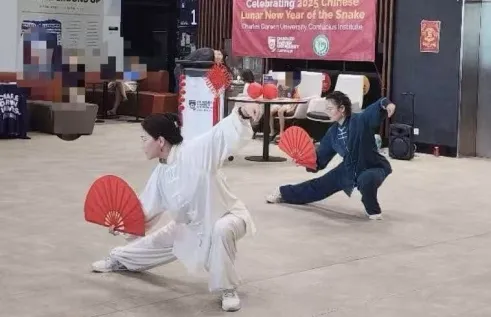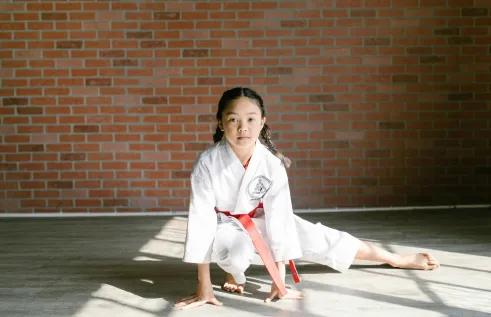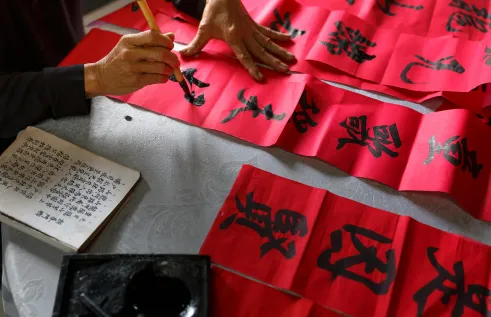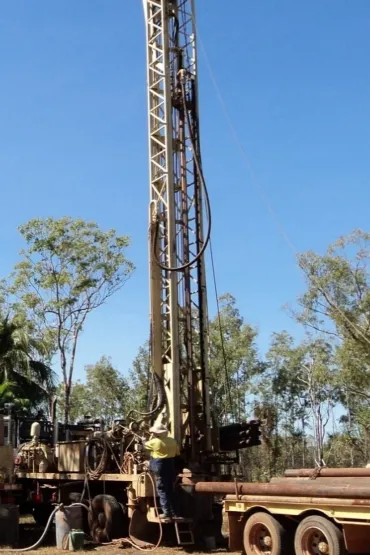RIEL seminar series
The melioidosis agent Burkholderia pseudomallei in the environment of the Top End
| Presenter | Dr Mirjam Kaestli | |
|---|---|---|
| Date/Time |
to
|
|
| Contact person | E: riel.outreach@cdu.edu.au | |
| Location | CDU Casuarina Campus Yellow 1.1.39 and online | |
| Open to | Public | |
Melioidosis is a severe infectious disease affecting humans and animals in the tropical belt worldwide. It is caused by the bacterium Burkholderia pseudomallei, which naturally occurs in soil and water in endemic regions. B. pseudomallei is an often-overlooked opportunistic pathogen which is estimated to account for more than 80,000 deaths a year globally, predominantly among poor agricultural workers in low to middle income countries. It is endemic in Northern Australia with an average of 52 cases and 4 deaths each year in the Top End. This talk will provide an overview of what we have learnt about its habitat in the environment of the Top End with a focus on water. We dug beyond the surface and also looked at its occurrence in groundwater and bore drills, and we will discuss the challenges water suppliers in Northern Australia face to manage its occurrence in the source of drinking water.
Dr Mirjam Kaestli is a microbial ecologist working in the Environmental Chemistry and Microbiology Unit (ECMU) at RIEL and the melioidosis research group at Menzies School of Health Research. Her current research focuses on source tracking of microbial signatures in water, the microbiota in drinking water and its interactions with engineered systems as well as the occurrence of opportunistic pathogens in drinking water. The latter is with a focus on the melioidosis agent Burkholderia pseudomallei. Mirjam has 17 years’ experience in exploring the habitat of B. pseudomallei in the environment of the Top End including in soil, water and plants.
Related Events

Tai Chi Kung Fu Fan
Join our Tai Chi Kung Fu Fan classes to learn a unique style of Tai Chi combined with other martial arts and dance movements! The classes run every Monday at 5.30 pm, from 26 January - 30 March.
Read more about Tai Chi Kung Fu Fan
Chinese kung fu classes for kids
Join our kung fu classes specialised for children. It’s more than just exercise—it’s a journey to a healthier, brighter, and more focused future for every child! The classes run every Monday at 5.30 pm, from 26 January - 30 March.
Read more about Chinese kung fu classes for kids
Chinese calligraphy for beginners
The CDU Confucius Institute is now offering Chinese calligraphy for beginners, a new course on the CDU Casuarina campus. The workshops will run every Tuesday, from 5 pm - 6 pm, starting 27 January to 31 March.
Read more about Chinese calligraphy for beginners
